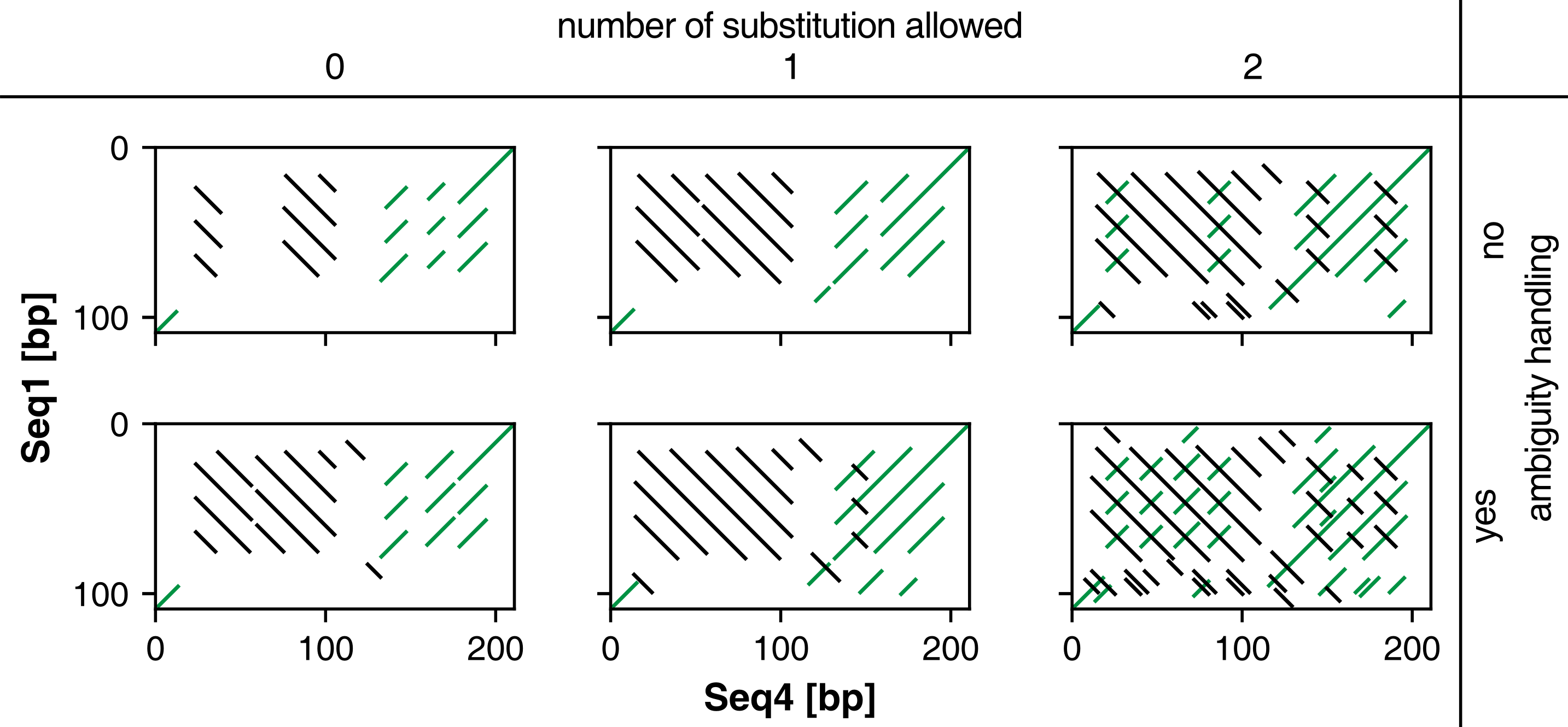I new in python, and I looking for some help. I would like to produce a dotplot in python to compare to different sequences, and plot the data according to a specific threshold. Can anyone guide me, please? Thanks
This is what I would choose.
matplotlib is a python 2D plotting library which produces publication quality figures in a variety of hardcopy formats and interactive environments across platforms. matplotlib can be used in python scripts, the python and ipython shell (ala MATLAB®* or Mathematica®†), web application servers, and six graphical user interface toolkits.
http://matplotlib.org/users/pyplot_tutorial.html
on the other hand there a lot of other libraries
https://wiki.python.org/moin/NumericAndScientific/Plotting
another good resource
If you are new in python, I guess you mabey newbie in R. I think you can learn R to draw beautiful dot plot figure with ggplot2.
Recommend STHDA. It's a very useful website to learn R drawing picture for bioinformatician.
...so it has been 17 months... but maybe you are or someone stumbling across this thread is still interested in Python dotplotting.
FlexiDot:
We implemented FlexiDot in Python, which is a relative feature-rich dotplot suite, covering many issues you might encounter, if you like dotplots. We try to document FlexiDot usage really well using many examples to ease entry in the dotplotting world.
Code, examples and documentation on github: http://github.com/molbio-dresden/flexidot
Publication: http://doi.org/10.1093/bioinformatics/bty395
Matching strincency
SInce you specifically address thresholds: You control FlexiDot matching stringency with the wordsize. In addition (as the image below shows), you can allow ambiguous bases (for DNA) or allow substitutions:

So, maybe something for you?
Use of this site constitutes acceptance of our User Agreement and Privacy Policy.


You could also take a look at https://github.com/kn-bibs/dotplot